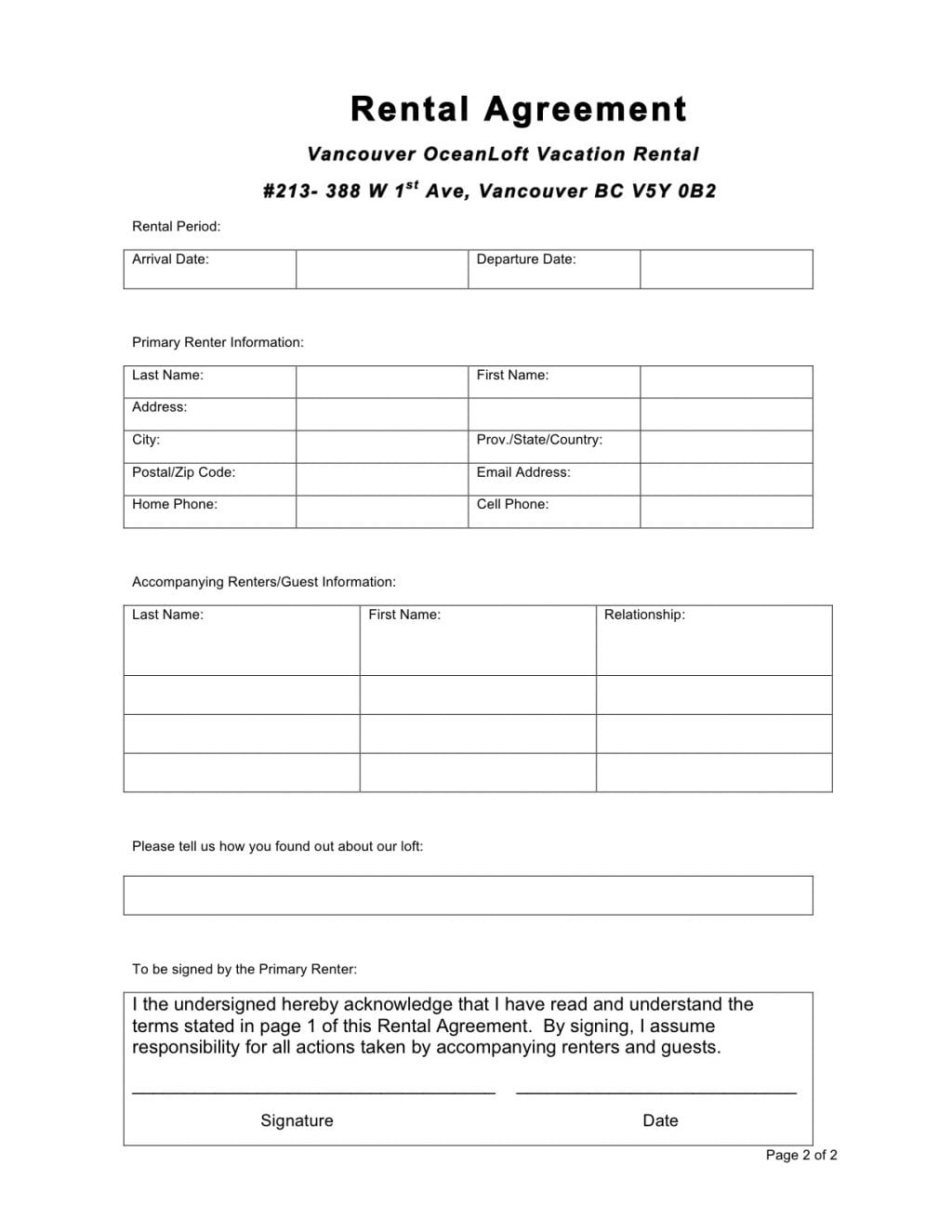5 Essential Docs for Apartment Rental Prep

Prepping Your Apartment for Rentals

When you decide to rent out your apartment, understanding the preparation process can save you time, avoid legal issues, and ensure a smooth rental experience for both you and your future tenants. Essential documentation is at the heart of this preparation. Here's how to get started:
1. Utility Bills and Maintenance Records

Before your property enters the rental market, ensure you've:
- Collected copies of utility bills for at least the past year.
- Maintained a record of all maintenance and repair work performed on the property.
These documents provide:
- Transparency about utility expenses for potential tenants.
- Evidence of how well the property has been cared for, which can be a deciding factor for quality-conscious renters.
2. Property Inspection Reports

Conducting a thorough property inspection and documenting the findings:
- Allows you to highlight any pre-existing damage or wear and tear before tenants move in.
- Helps to avoid potential disputes when tenants move out.
👀 Note: Schedule your inspection at least a week before listing to accommodate any necessary repairs or touch-ups.
3. Inventory List

An inventory list:
- Details all items that come with the rental, from appliances to decor.
- Ensures both parties agree on what's provided, reducing the chances of missing items being a point of contention later.
4. Rental Application Form

A well-structured rental application form:
- Collects key information about prospective tenants.
- Assists in screening applicants, ensuring you rent to individuals who meet your criteria.
Include:
- Personal and contact details.
- Employment status and income verification.
- Previous rental references.
5. Lease Agreement

The lease agreement is a cornerstone of the rental process:
- It outlines the responsibilities and rights of both the tenant and landlord.
- Includes terms regarding rent, security deposit, lease duration, maintenance responsibilities, and the terms of the tenancy termination.
| Clause | Description |
|---|---|
| Lease Duration | The specific start and end dates of the tenancy. |
| Rent Amount | Monthly rent payment and the due date. |
| Security Deposit | The amount held as security against potential damages or unpaid rent. |
| Maintenance | Outlines responsibilities for property upkeep and repair work. |

Having these documents in place creates an organized and professional rental process. Proper documentation not only helps you manage your rental property more effectively but also builds trust with potential tenants.
Remember that while preparing these documents, consider adding:
- Photos of the property before the tenant moves in as evidence of its condition.
- A checklist for tenant exit to review the property’s condition upon departure.
Why should I keep utility bills?

+
Utility bills provide transparency about potential monthly costs for tenants and serve as a benchmark for setting rental rates.
What should I do if there’s damage I didn’t notice during the inspection?

+
If damage is discovered after the tenant moves in, document it with photos and communicate it to the tenant, noting any potential deductions from the security deposit.
How detailed should my lease agreement be?

+
It should be as detailed as possible, covering rent, deposits, terms of occupancy, maintenance responsibilities, and termination conditions to ensure clarity and protect both parties.



